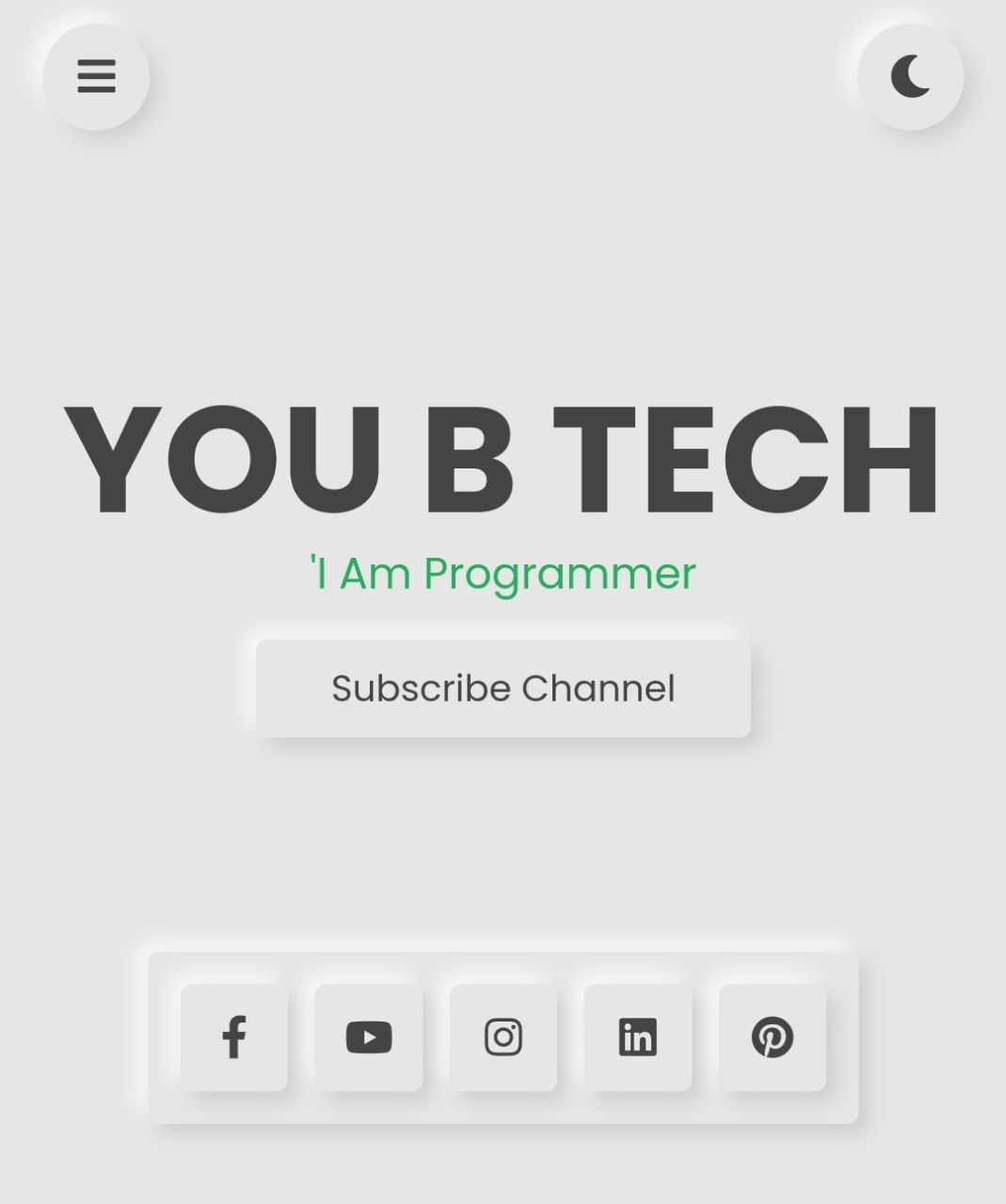The Beginner's Guide to Foam Rolling: Unlocking the Secrets of Self-Myofascial Release
The Beginner's Guide to Foam Rolling
Introduction
Foam rolling has gained popularity as a simple yet effective technique for improving muscle flexibility, reducing tension, and enhancing overall physical performance. Whether you're a seasoned athlete or a fitness newbie, incorporating foam rolling into your routine can offer numerous benefits. In this beginner's guide, we'll explore the basics of foam rolling, its benefits, and how to get started with this therapeutic practice.
What is Foam Rolling?
Foam rolling, also known as self-myofascial release, involves using a cylindrical foam roller to apply pressure to specific muscles, releasing tightness and knots within the fascia—the connective tissue that surrounds muscles. This process helps improve blood circulation, mobility, and muscle recovery, leaving you feeling revitalized and ready to tackle your workouts with ease.
Benefits of Foam Rolling
The advantages of foam rolling extend beyond muscle relaxation. Let's delve into some of the key benefits:
Enhanced Flexibility: By targeting and releasing tight areas, foam rolling helps improve muscle flexibility, making movements smoother and reducing the risk of injuries.
Decreased Muscle Tension: Regular foam rolling sessions can alleviate muscle tightness and reduce soreness, especially after intense workouts.
Improved Circulation: Applying pressure to muscle tissues encourages better blood flow, promoting nutrient delivery and waste removal for faster recovery.
Better Range of Motion: Increased muscle flexibility and reduced tension lead to a broader range of motion, enhancing athletic performance and everyday movements.
Choosing the Right Foam Roller
With various foam roller options available, selecting the right one is essential for optimal results. Here are some common types of foam rollers to consider:
High-Density Foam Rollers: Ideal for beginners, these provide a gentle, even pressure and are suitable for general self-myofascial release.
Textured Foam Rollers: These feature ridges or knobs on the surface, offering a deeper massage and targeting trigger points more effectively.
Basic Foam Rolling Techniques
Ready to start rolling? Here are some fundamental foam rolling exercises to get you started:
Calves: Position the foam roller under your calves and use your hands to lift your hips. Roll from your ankles to just below the knees.
Quads: Lie face down, supporting your weight on your forearms. Place the foam roller under your thighs and roll from your hips to just above your knees.
Hamstrings: Sit with your legs extended and the foam roller beneath your thighs. Roll from the glutes to just above the back of your knees.
Glutes: Sit on the foam roller and cross one leg over the other. Lean slightly to the side of the crossed leg and roll over the glute area.
Back: Lie on your back with the foam roller placed under your mid-back. Cross your arms over your chest and gently roll up and down.
Foam Rolling Dos and Don'ts
To make the most of your foam rolling experience, keep the following dos and don'ts in mind:
Dos:
- Start with shorter rolling sessions and gradually increase the duration.
- Breathe deeply and relax while rolling to enhance the release of muscle tension.
- Focus on tender areas, but avoid rolling directly on bones or joints.
Don'ts: Avoid rolling too quickly or forcefully, as it may cause discomfort or injury.
- Don't roll over recent injuries or inflamed areas without professional advice.
- Refrain from using the foam roller as a replacement for medical treatment.
Conclusion
With this beginner's guide to foam rolling, you now have the knowledge to embark on a journey of self-myofascial release and experience its incredible benefits. Make foam rolling a part of your regular fitness routine to promote flexibility, reduce muscle tension, and elevate your overall well-being. Remember to listen to your body, be patient, and enjoy the journey to a more flexible and revitalized you!





